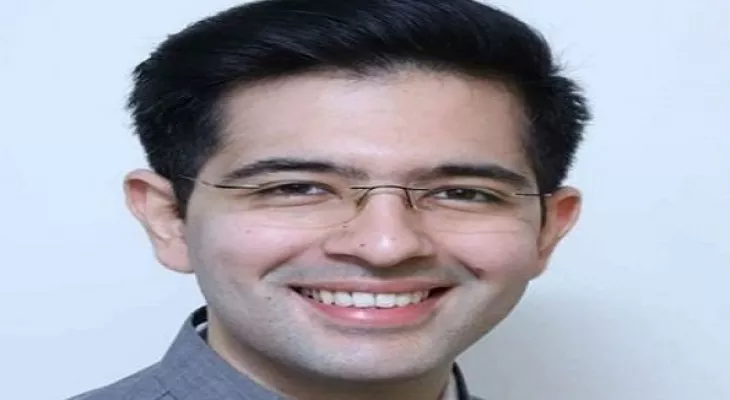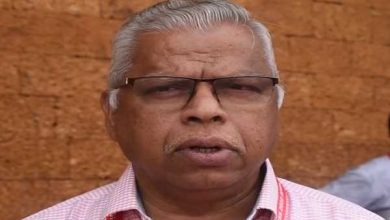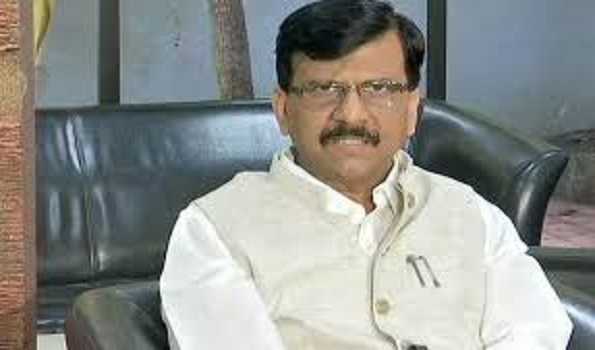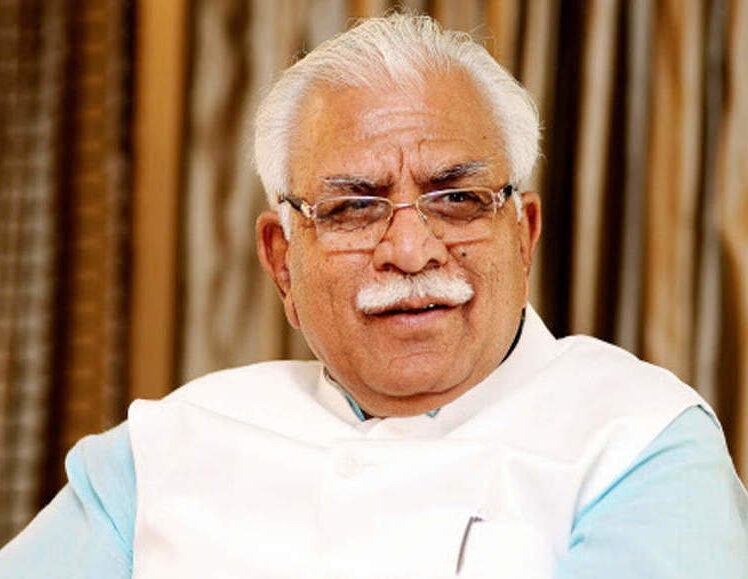Pro-hijab Petitioners Cite Int’l Court Orders Before K’taka HC
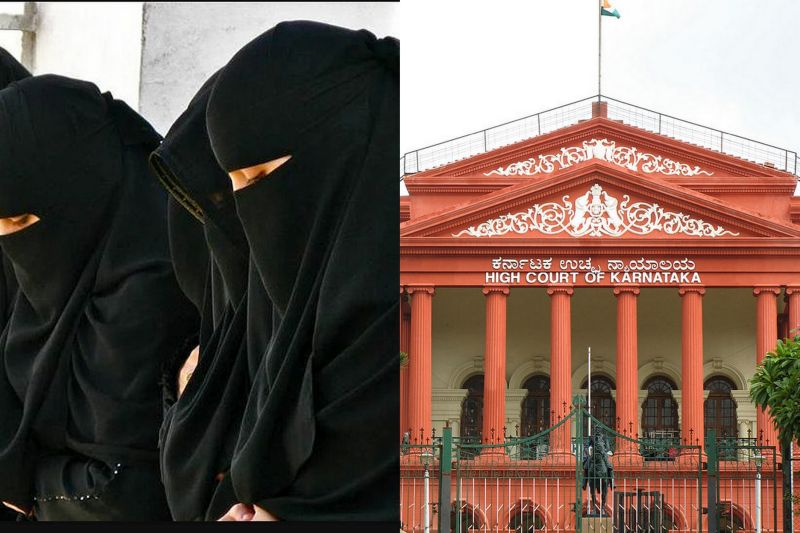
Bengaluru, Feb 15: Resuming his submissions before the Karnataka High Court, Congress leader and senior advocate Devadatt Kamat on Tuesday cited international court orders to make a case for allowing hijab in educational institutions.
Arguing over the absoluteness and relativity of Article 25 of the Constitution of India, Kamat, counsel for the one of the pro-hijab petitioners, cited a South African judgment which set aside expulsion of a Hindu girl with roots in South India for wearing a nose ring in school. Kamat also referred to another South African judgment allowing Rastafarians to keep dreadlocked hair in school and a Canadian judgment allowing a Sikh student to wear a kirpan in schools. He also argued that secularism practiced in India was different from that of Turkey, which had banned the wearing of hijab in public.
“We are not Turkey which says no religious symbols can be displayed in public. That hijab ban was upheld by the court due to that. But their Constitution is completely different. Our Constitution recognises different faiths,” Kamat said.
Full bench of the Court, namely Chief Justice Ritu Raj Awasthi and Justices Krishna S Dixit and JM Khazi, are hearing a batch of petitions filed by Muslim girl students in the State claiming that they were not being allowed to enter colleges on account of the government order (GO) which effectively bans the wearing of hijab.
Kamat also cited the doctrine of proportionality, arguing that the school does not have the power to expel students on mere grounds of violating the dress code. At this point, Justice Krishna S Dixit said, “Expulsion is one thing, not permitting entry is another.” He indicated that the students were not allowed to attend classes, not expelled. Referring to Sardar Syedna Taher versus State Of Bombay in the Supreme Court, Kamat submitted that by passing an Education Act, the State cannot restrict the religious beliefs of a community.
The apex court had struck down a Bombay law which prohibited ex-communication from a community, on petitions by Bohra members. Kamat also submitted that wearing of religious articles was a common practice in India and had social approval. “When I was in school and college I used to wear rudraksha. It was not to display my religious identity. It was a practice of faith because it gave me security. We see many judges and senior lawyers wearing such customary things,” he said.
Before concluding submissions, Kamat prayed the Court to discontinue with its interim order and to allow students to attend classes while wearing hijab of the same colour as the prescribed uniform. An important question before the Court in this case is whether wearing of hijab is part of essential religious practise of Islam and whether State interference in such matters is warranted. During previous hearings, Kamat cited Quranic verses and other provisions of Sharia to make a case for allowing the hijab.
He had argued that wearing a hijab is a fundamental Islamic practice mandated by the Quran. The Court is also called to consider whether wearing of hijab partakes the character of right to expression under Article 19(1)(a) of the Constitution and whether restriction can be levied only under Article 19(2).
Meanwhile, the State has claimed that it’s aim is not to interfere with the religious beliefs of any community but is only concerned to maintain uniformity, discipline and public order in educational institutions. Hearing in the matter will resume tomorrow.


